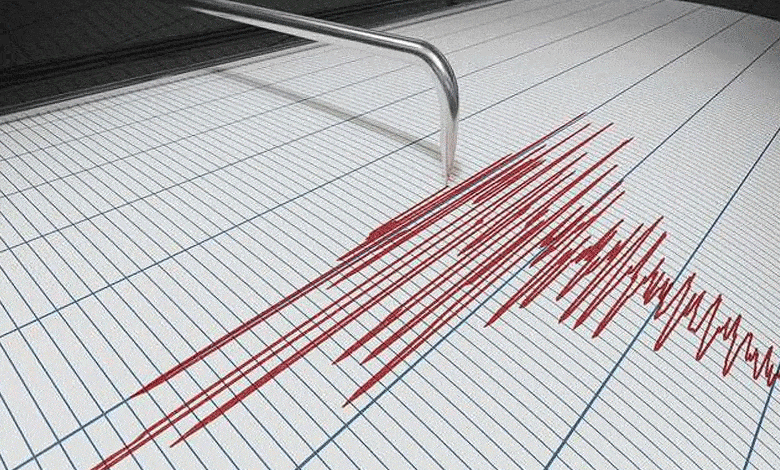4.8-Magnitude Earthquake Shakes Assam and Northeast India, No Casualties Reported
"Stay updated on the recent 4.8-magnitude earthquake that shook Assam and Northeast India. No casualties reported as authorities monitor the situation."

Assam: 4.8-magnitude earthquake struck Assam and several northeastern states, leaving residents startled but causing no reported loss of life or property damage.
According to the National Centre for Seismology (NCS), the earthquake’s epicenter was located in Myanmar at a depth of 106 kilometers below the earth’s surface.
Table of Contents
Residents Feel Tremors Across Northeast India
The tremors were felt across multiple northeastern states, prompting concern among residents. However, officials have confirmed that there were no immediate reports of casualties or significant property damage.
This incident is the latest in a series of seismic events that have been recorded in the region this month. Northeast India, part of a seismically active zone, frequently experiences earthquakes due to the complex tectonic activity in the area.
Recent Earthquakes in Manipur and Other Northeastern States
Earlier this week, two successive earthquakes struck southern Manipur on Wednesday night. The first quake, with a magnitude of 4.3 on the Richter scale, hit Pherzawl district and its surrounding areas at a depth of 40 kilometers.
The second tremor, measuring 3.3 on the Richter scale, followed 49 minutes later, shaking Churachandpur district at a depth of 30 kilometers.
Both districts share borders with neighboring states and countries—Pherzawl is adjacent to Mizoram and Assam, while Churachandpur borders Mizoram and Myanmar. Fortunately, these earthquakes also caused no reported damage or loss of life, as confirmed by disaster management officials.
A Month of Frequent Seismic Activity
January 2025 has been a particularly active month for earthquakes in northeastern India. Here’s a timeline of the key seismic events:
- January 2: A 3.1-magnitude earthquake struck Churachandpur district, followed by a 3.8-magnitude quake in Tamenglong district on the same day.
- January 5: A 3.1-magnitude tremor was recorded in Kamjong district.
- January 7: Kangpokpi district experienced a 3.6-magnitude earthquake.
- January 13: Another quake, measuring 3.3, shook Kangpokpi district.
- January 17: Tamenglong district was again affected by a 3.3-magnitude earthquake.
- January 21: Meghalaya’s South West Khasi Hills district experienced a 4.1-magnitude earthquake.
The series of tremors highlights the region’s susceptibility to seismic disturbances, which is attributed to its location along the boundary of the Indian and Eurasian tectonic plates.
Understanding Northeast India’s Seismic Activity
The northeastern region of India lies in Seismic Zone V, the highest-risk zone as per the Bureau of Indian Standards. This zone is prone to frequent and sometimes intense seismic activity due to the ongoing collision between the Indian Plate and the Eurasian Plate.
The region’s complex geological structure, which includes several active faults, makes it one of the most earthquake-prone areas in the world.
While most earthquakes in the region are of low to moderate intensity, they serve as reminders of the potential risks posed by larger seismic events. Experts stress the importance of preparedness, particularly in urban areas, where higher population density and infrastructure vulnerabilities could amplify the impact of a major earthquake.
Also Read | 7.1 Magnitude Earthquake Jolts Nepal; Tremors Felt Across North India\
Preparedness and Safety Measures
Given the region’s high seismic activity, local authorities and disaster management agencies regularly conduct awareness campaigns and drills to educate residents on earthquake safety measures. Key recommendations include:
- Building Earthquake-Resistant Structures: Ensuring that homes and buildings adhere to seismic safety guidelines.
- Emergency Kits: Keeping a readily accessible emergency kit with essentials like water, food, flashlights, and first-aid supplies.
- Evacuation Plans: Familiarizing oneself with safe evacuation routes and practicing drills.
- Staying Informed: Following updates and alerts from credible sources, such as the National Centre for Seismology.

